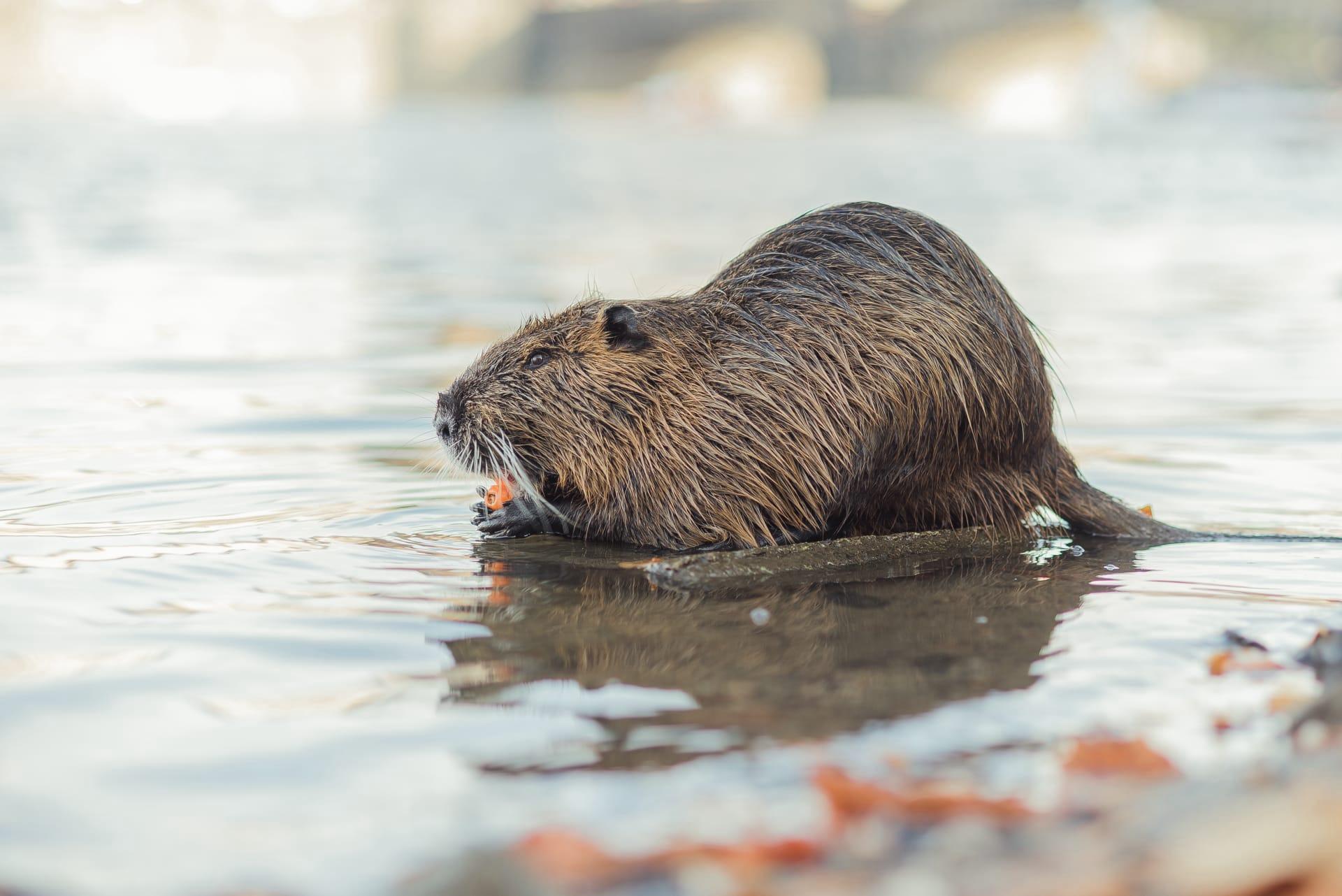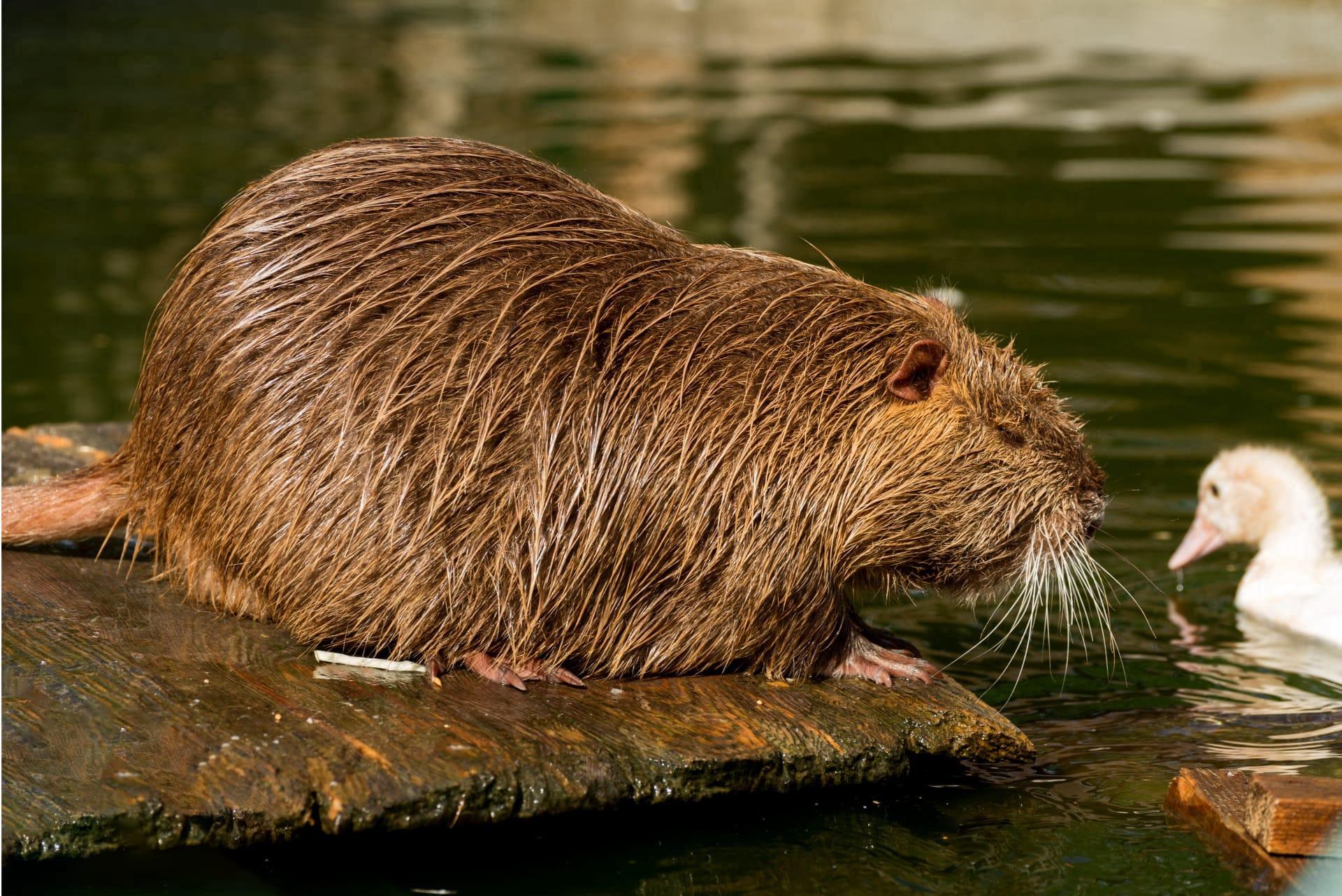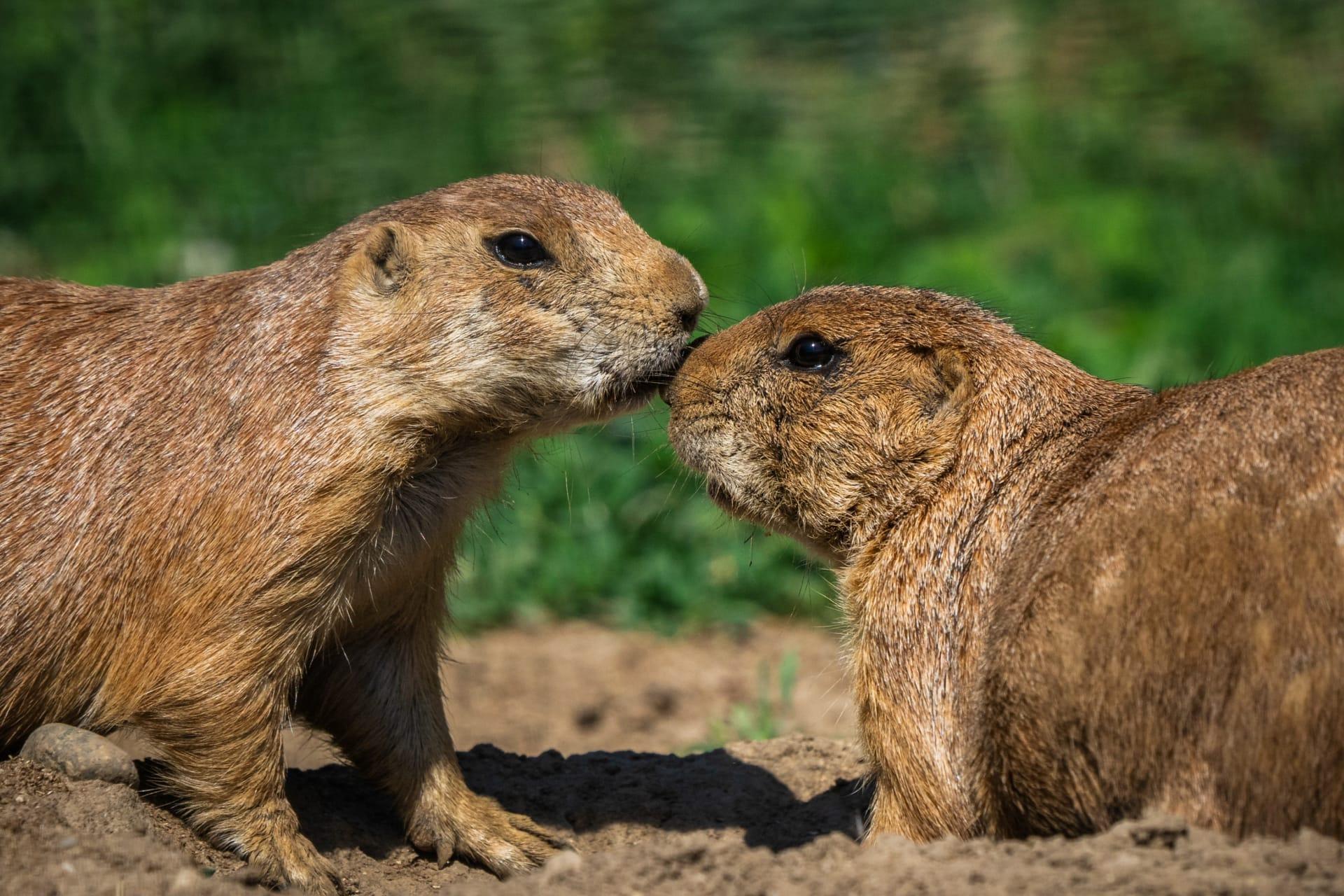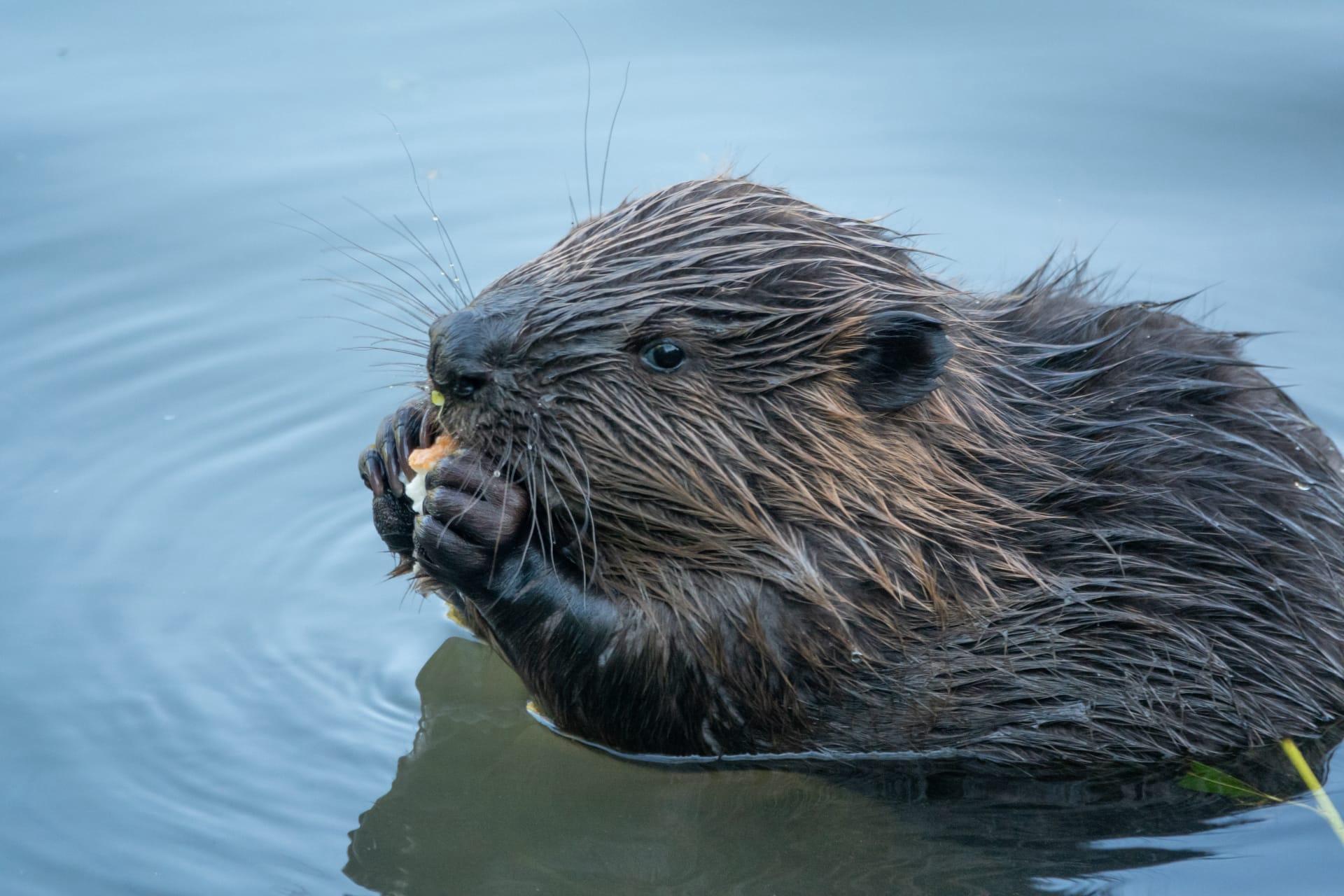Beaver Characteristics
- Home /
- Mini Encyclopedia /
- Animal /
- Beaver Characteristics
1
Beavers, known scientifically as Castor canadensis, are renowned for their remarkable physical characteristics. An adult beaver typically measures about 3 to 4 feet in length, including its iconic flat, paddle-shaped tail, which adds an extra 10 to 14 inches. Weighing in at 35 to 70 pounds, these creatures have robust bodies and short legs. A beaver's lifespan in the wild is quite impressive, spanning up to 24 years, though they usually live around 10 years. This longevity is partly due to their adaptive skills and ability to modify habitats to their advantage.
One of the most fascinating organs in a beaver is its set of teeth. These incisors are exceptionally specialized and intriguing. Beavers possess a unique pair of large, chisel-like incisors that continuously grow throughout their lives. The front surfaces of these teeth are fortified with iron-rich enamel, giving them a distinct orange hue and making them incredibly durable. This adaptation is crucial for their lifestyle, as beavers constantly gnaw on wood to build dams and lodges, and to obtain food. The teeth's ever-growing nature ensures they don't wear down despite the constant gnawing.

2
Question: Why do beavers build dams?
Answer: Beavers build dams primarily for protection and to create a suitable living environment. By constructing these dams, they are able to raise the water level in rivers and streams, forming deep, still ponds that provide safety from predators. This also allows them to access food sources easily, especially in winter. Furthermore, the ponds created by beaver dams serve as a habitat for a variety of other species, thus playing a significant role in the ecosystem. These dams are constructed using an assortment of materials like twigs, stones, mud, and vegetation, showcasing the beaver's innate engineering skills.

3
Beavers are quite adept at movement both in water and on land, though they are more graceful in aquatic environments. In water, they can swim at speeds up to 5 miles per hour and can stay submerged for up to 15 minutes without surfacing for air. Their webbed hind feet and flat tails serve as powerful paddles, making them excellent swimmers. On land, however, beavers are somewhat clumsier. They move slowly and can be vulnerable to predators.
In terms of feeding habits, beavers are primarily herbivores. They feed on a diet of leaves, bark, twigs, and aquatic plants. A favorite delicacy is the inner bark of aspen and willow trees. Beavers have a unique way of storing food for winter. They create a cache of branches and logs in their pond, submerged near their lodge, which they can access under the ice during colder months. This strategy is vital for their survival in harsh winter conditions.

4
Beavers are usually found in freshwater habitats like rivers, streams, ponds, and lakes. They are highly adaptable and can thrive in a variety of forested environments as long as there is a consistent water source. The construction of dams and lodges is a key aspect of their habitat modification skills, allowing them to create a suitable environment for their needs.
Reproduction is a significant aspect of beaver life. They are monogamous and often mate for life. The breeding season occurs in late winter, and after a gestation period of about 105 to 107 days, the female gives birth to a litter of kits, usually numbering between two and four. Beaver kits are born fully furred with their eyes open and are able to swim within 24 hours of birth. They stay with their parents for two years, learning essential survival skills, including dam and lodge building.

5
Book: "The Superb Builders: Beavers and their Remarkable World" by Martin Clarke, published in the United Kingdom in 2001. This book delves into the intricate world of beavers, exploring their biology, behavior, and the remarkable ability to modify their environment. Clarke, an acclaimed wildlife biologist, provides an engaging narrative that combines scientific facts with fascinating insights into the daily life of beavers, making it accessible to a wide audience.
Book: "Ecosystem Engineers: The Role of Beavers in Nature" by Susan Greenwood, published in the United States in 1998. Greenwood's book focuses on the ecological impact of beavers. It discusses how these animals shape their habitat, influencing not only their own survival but also that of many other species. The author, an ecologist, uses a blend of research and field observations to highlight the beaver's role in biodiversity and environmental health.